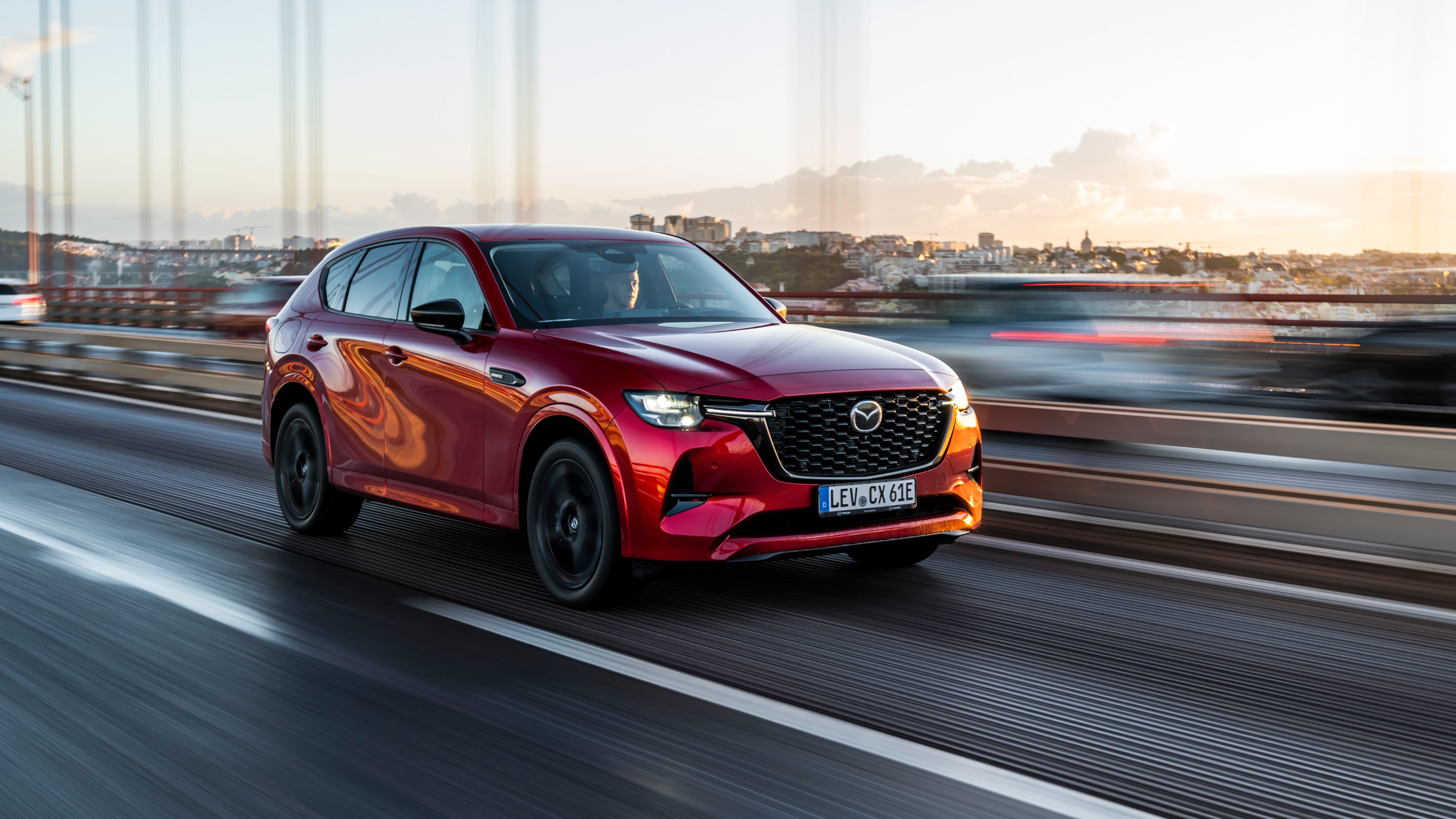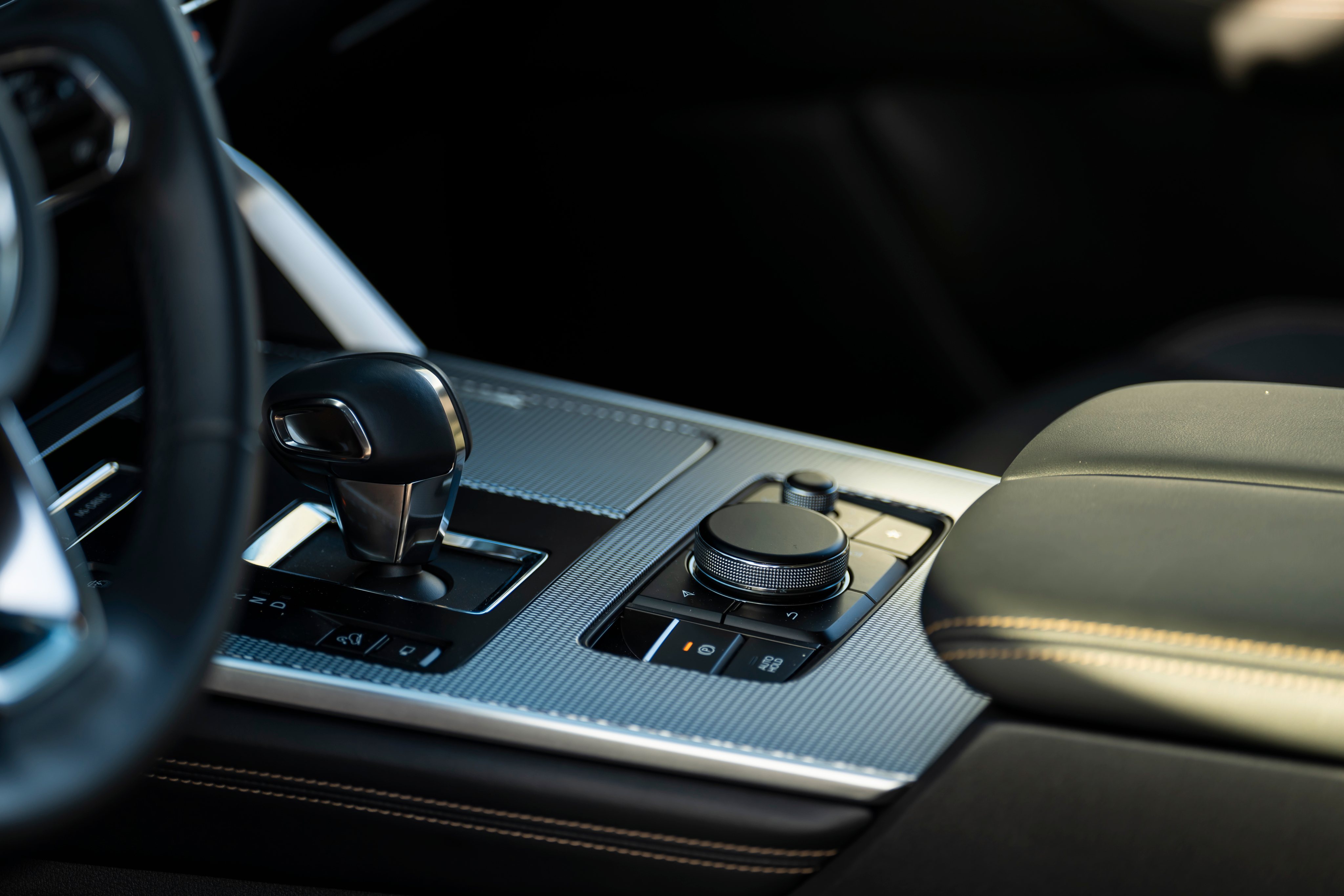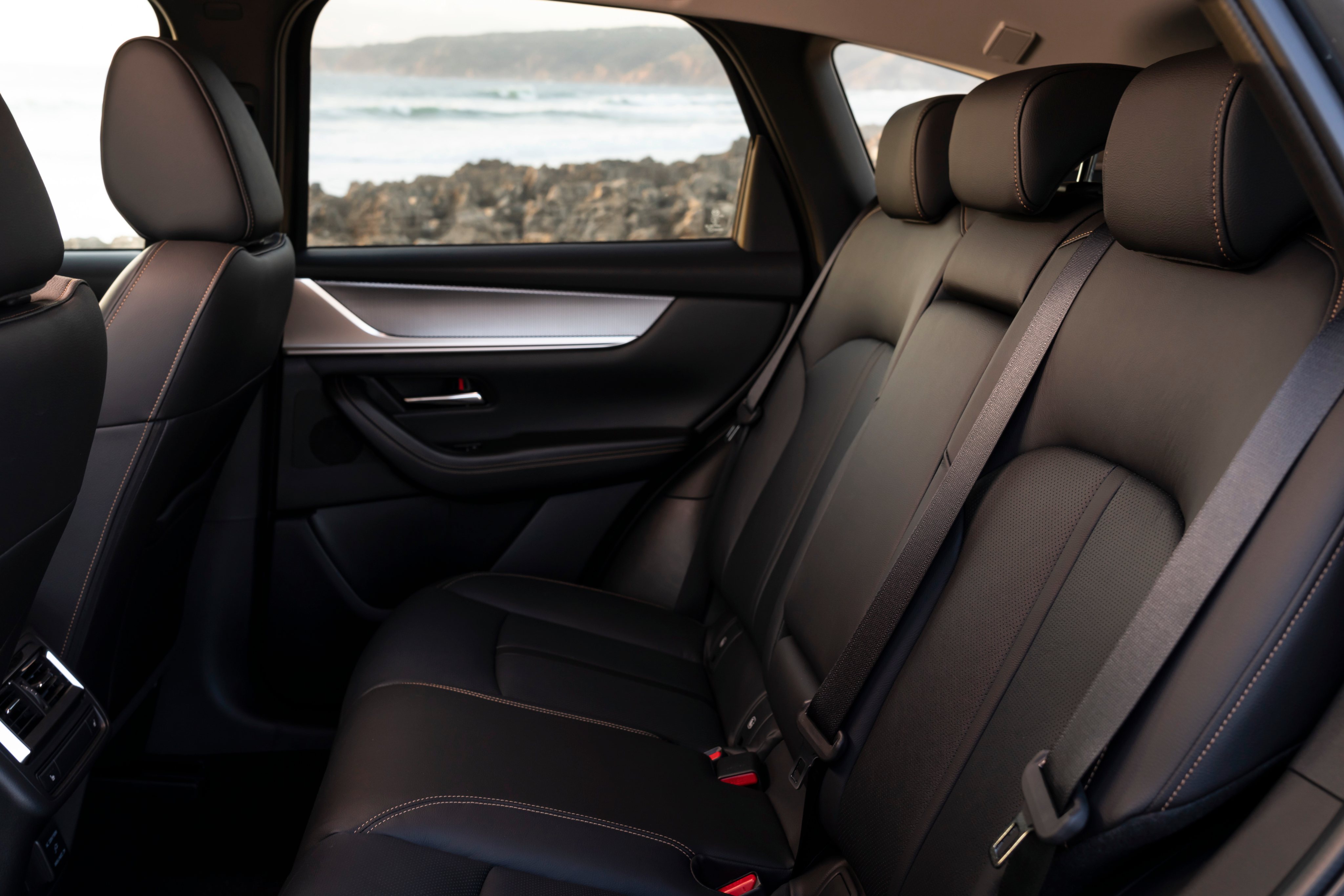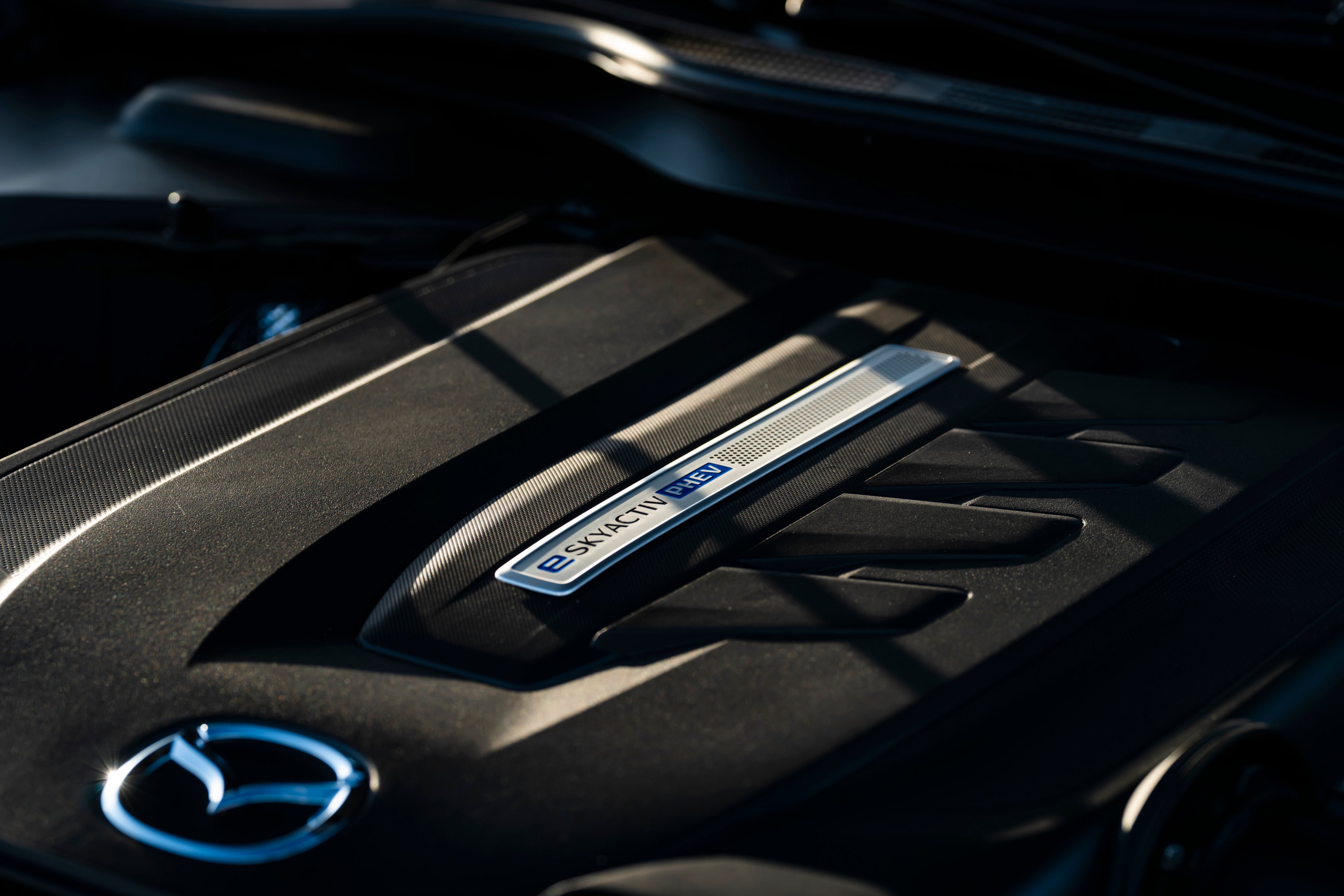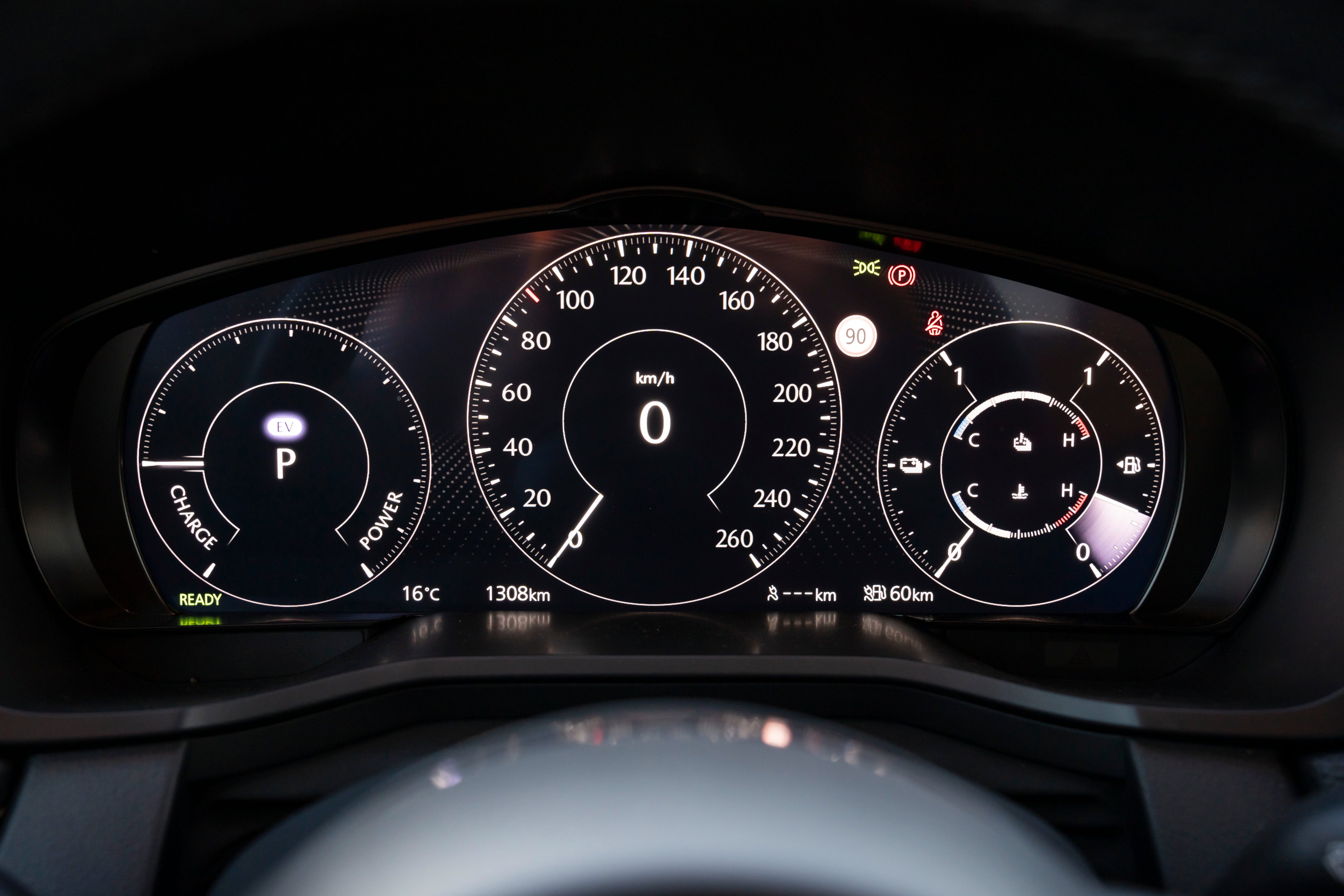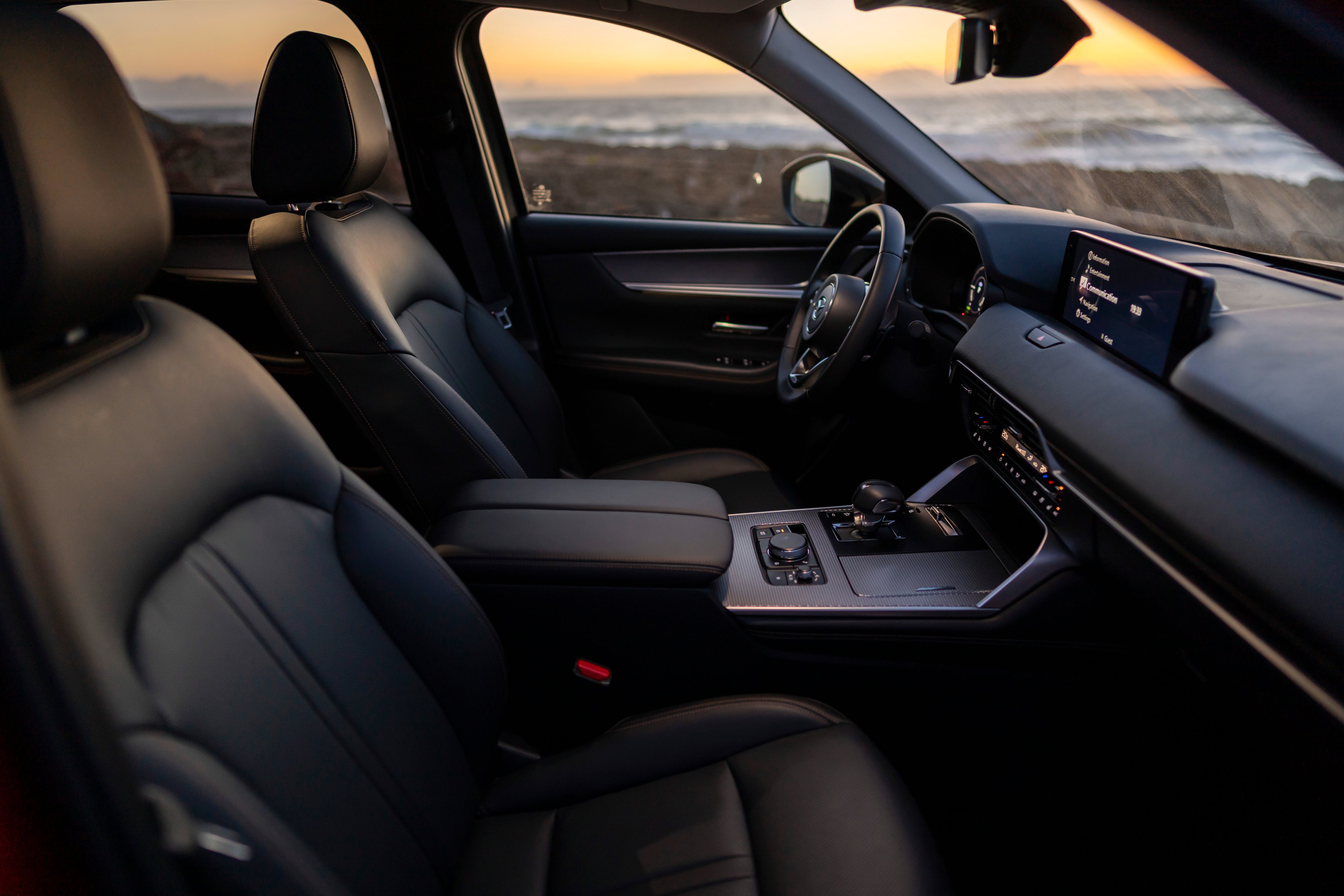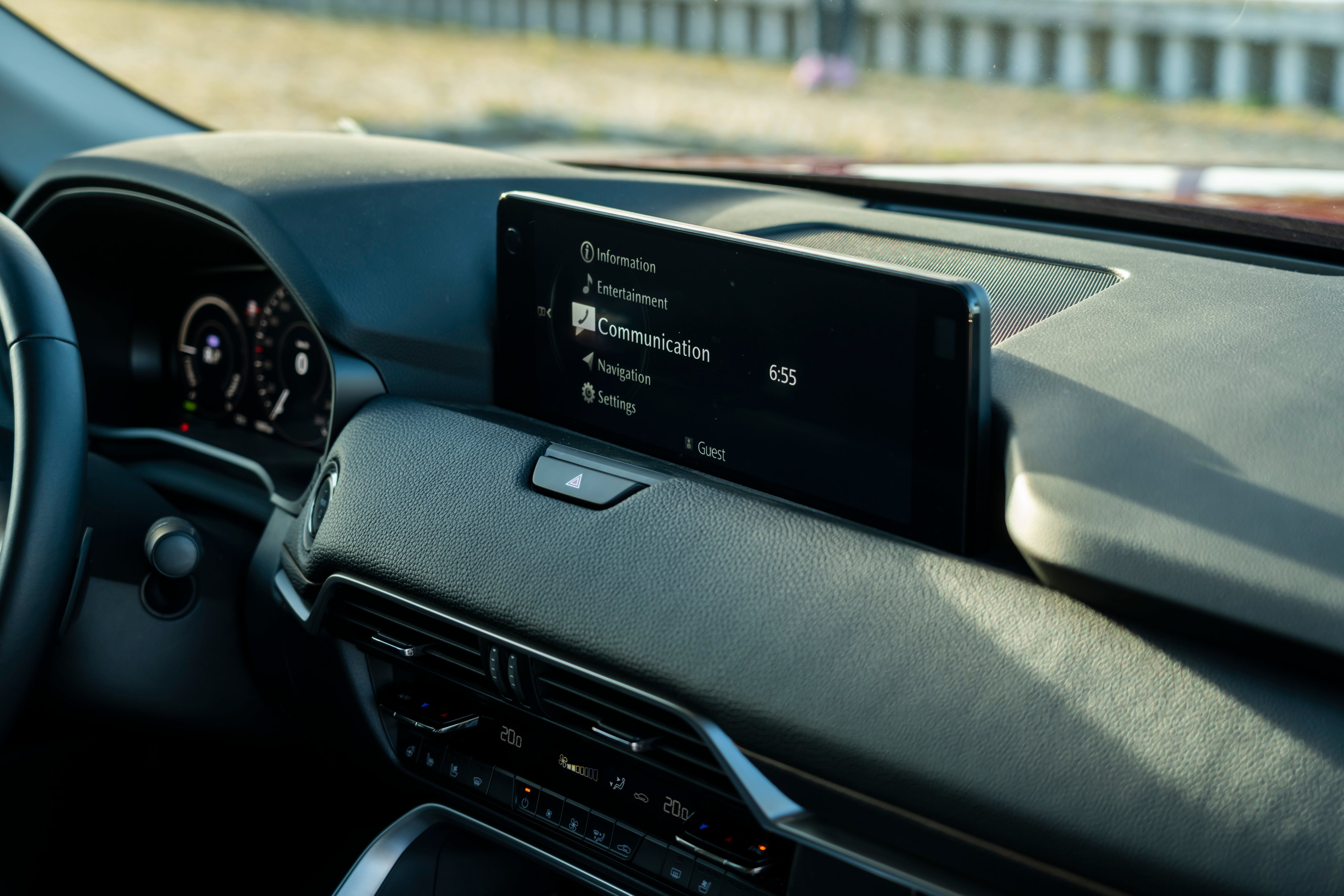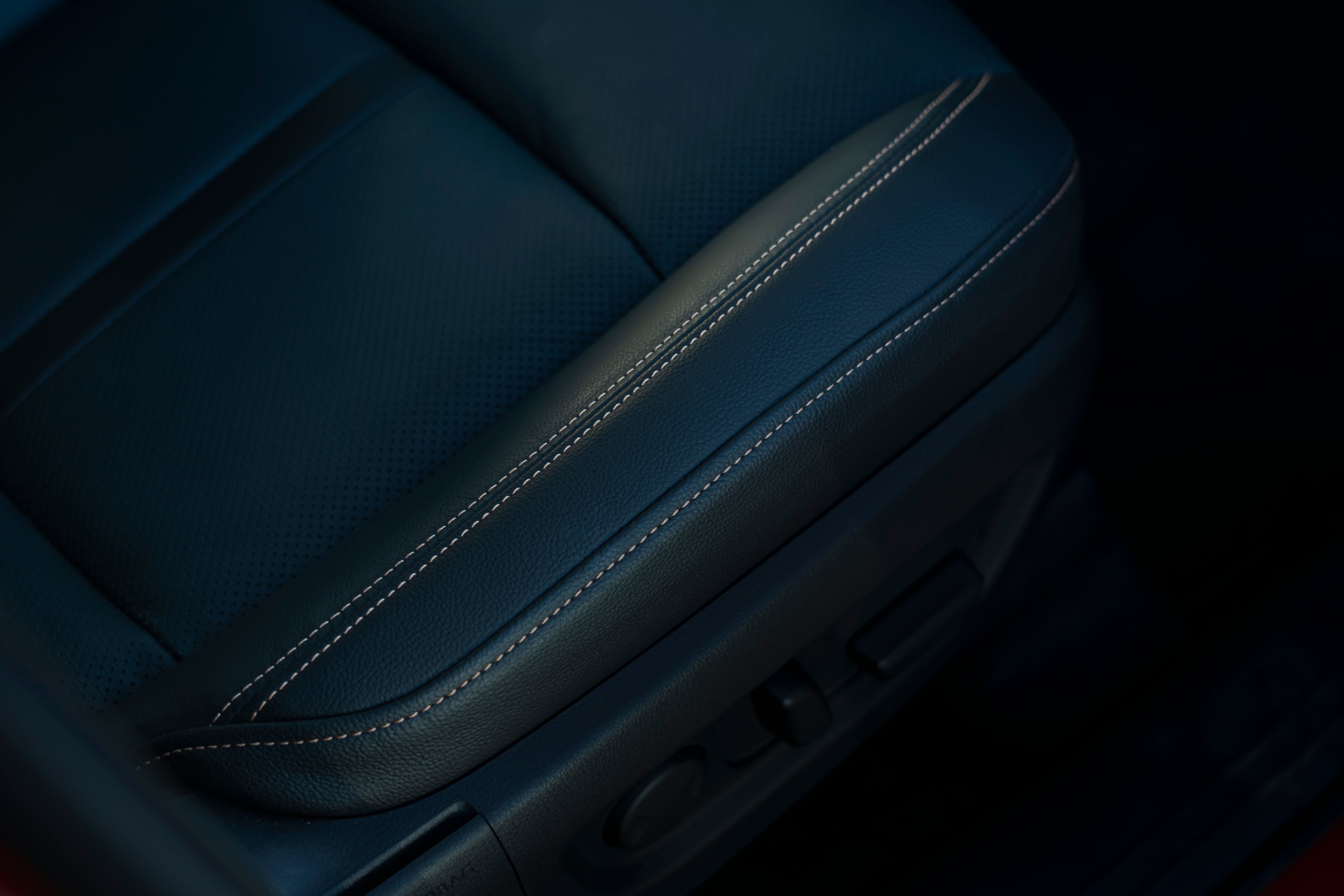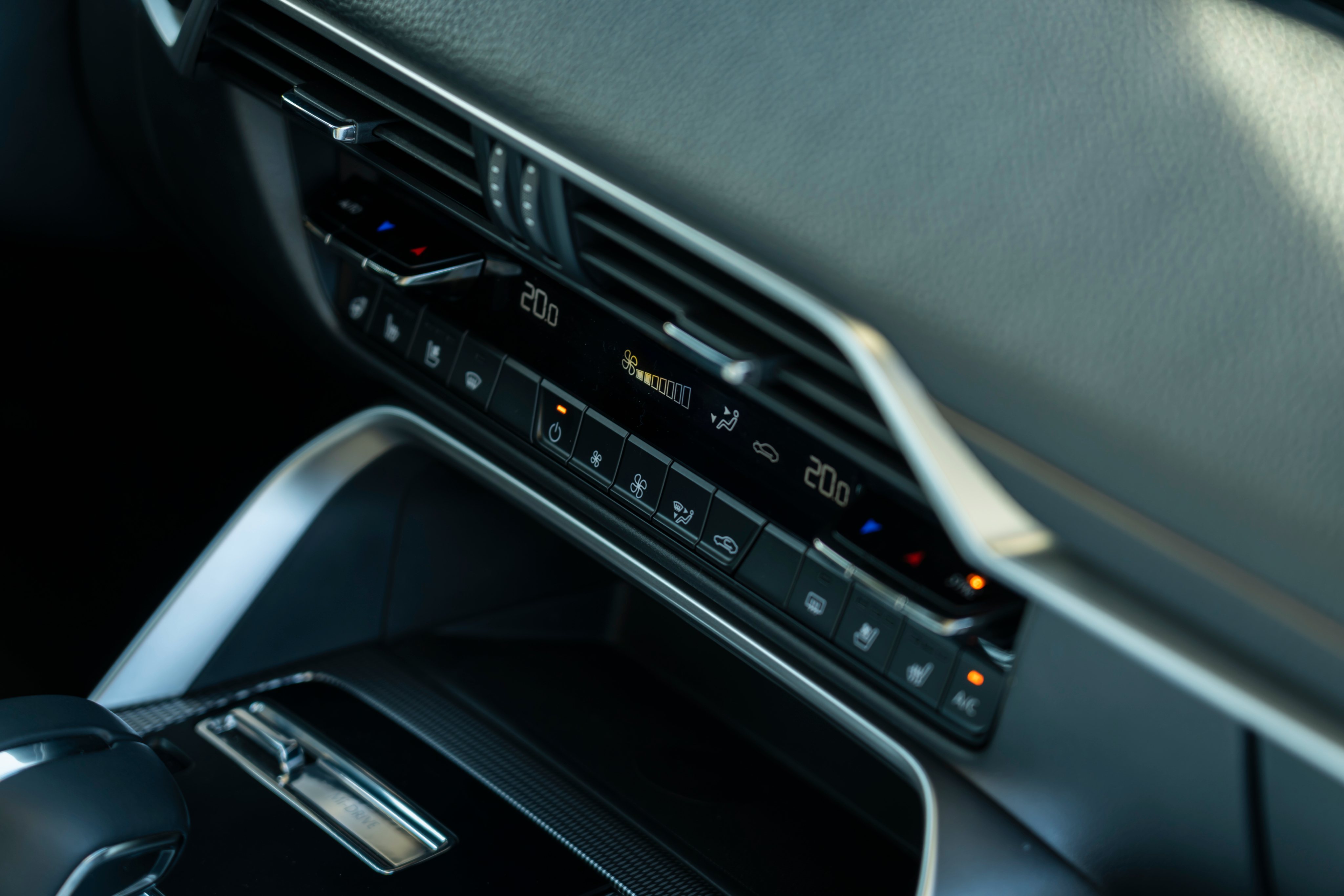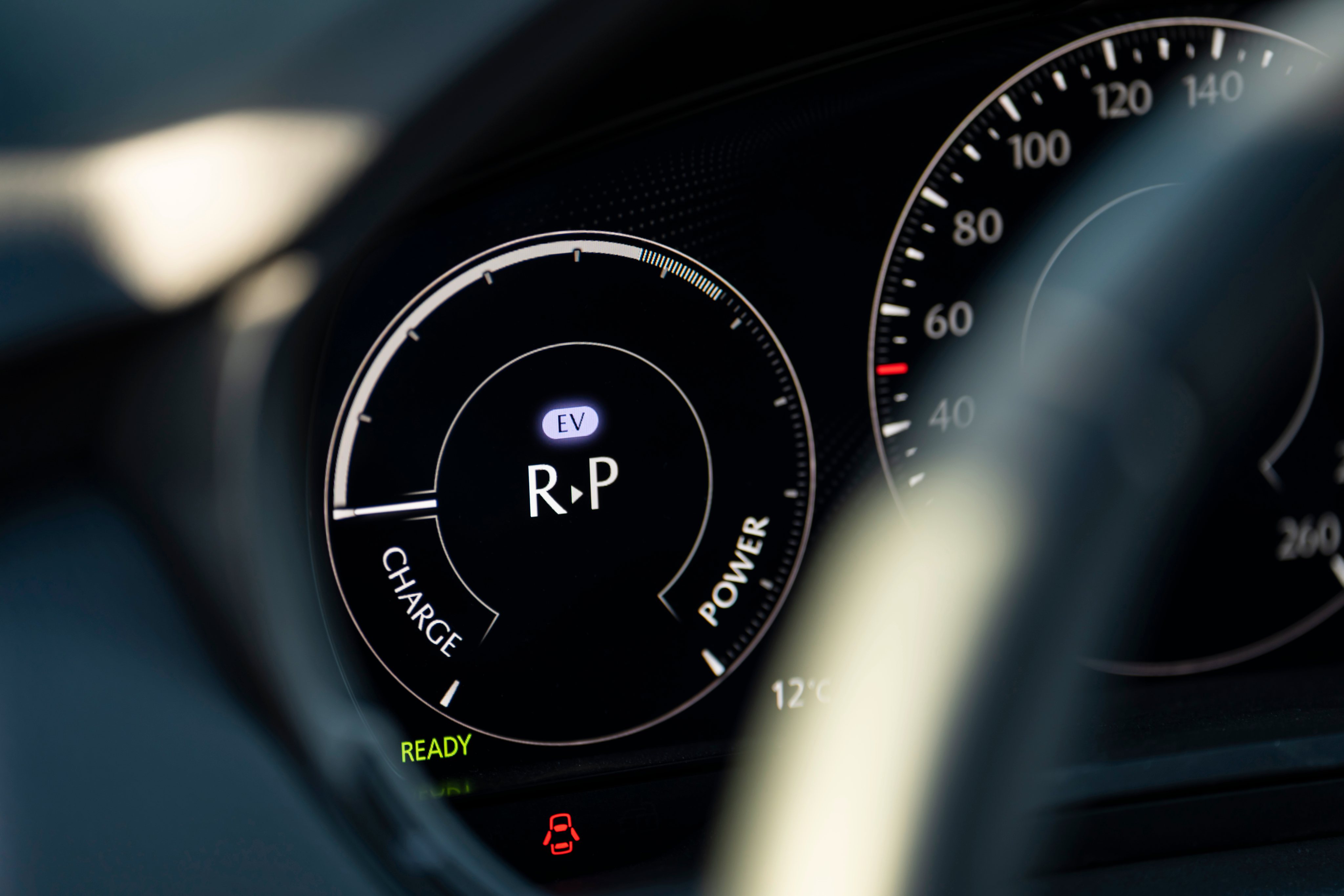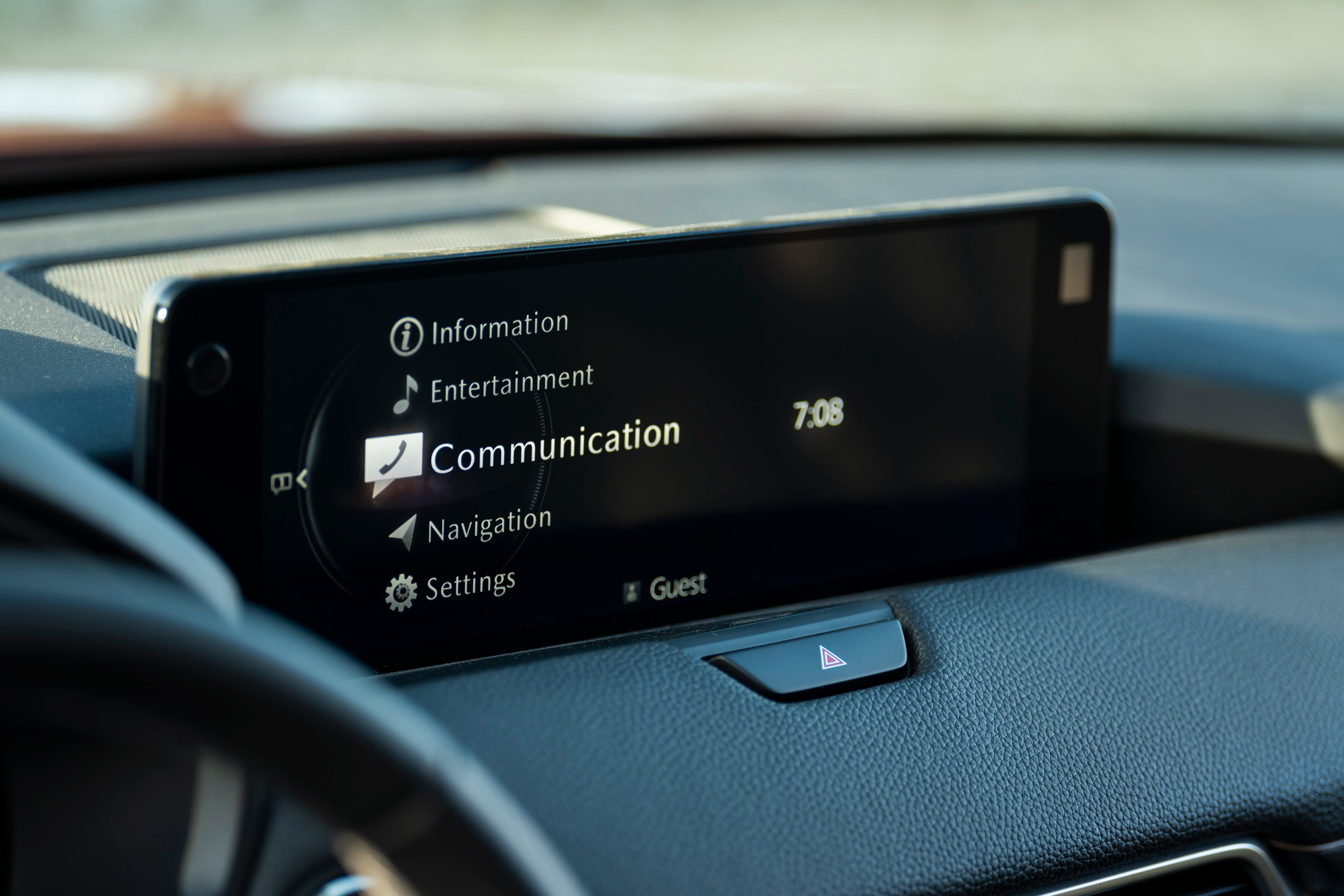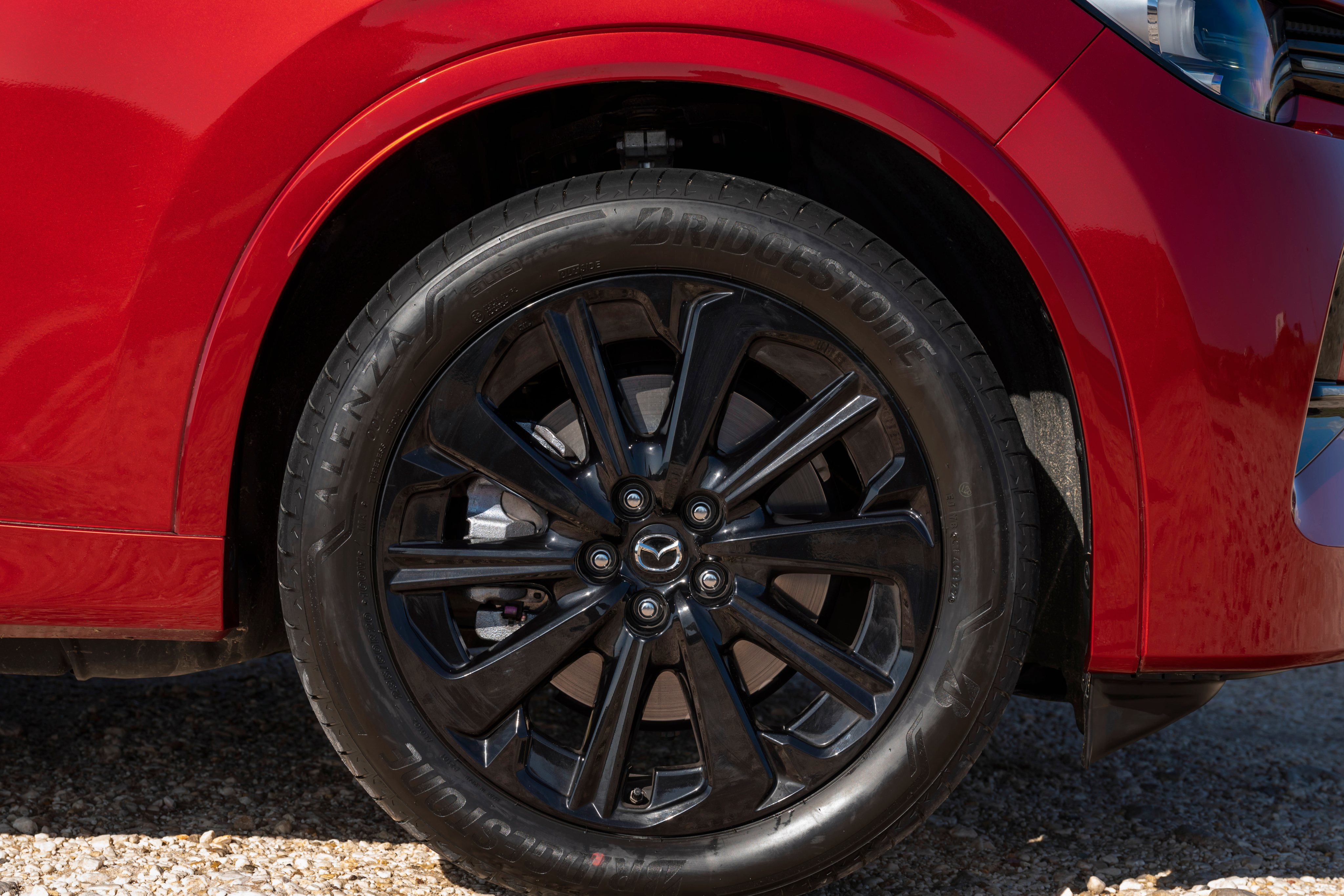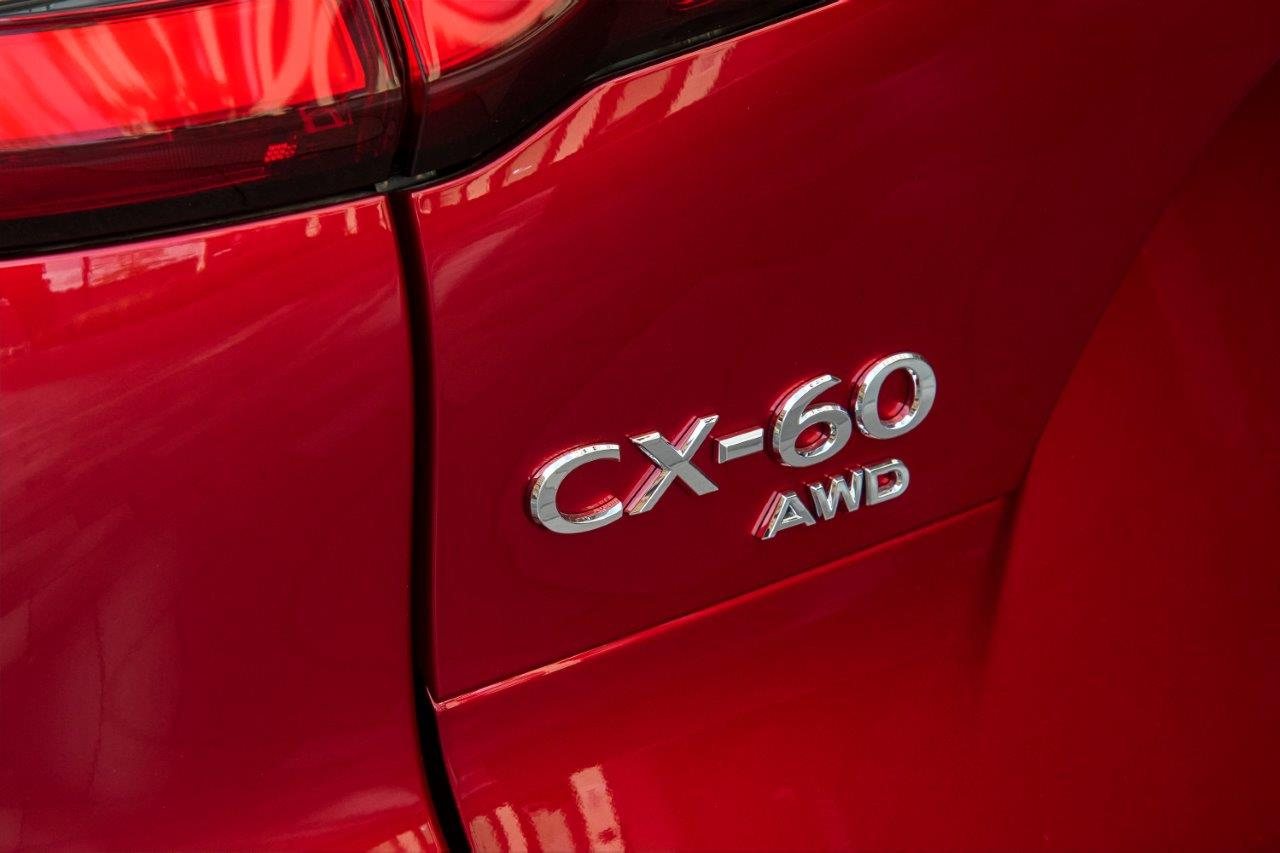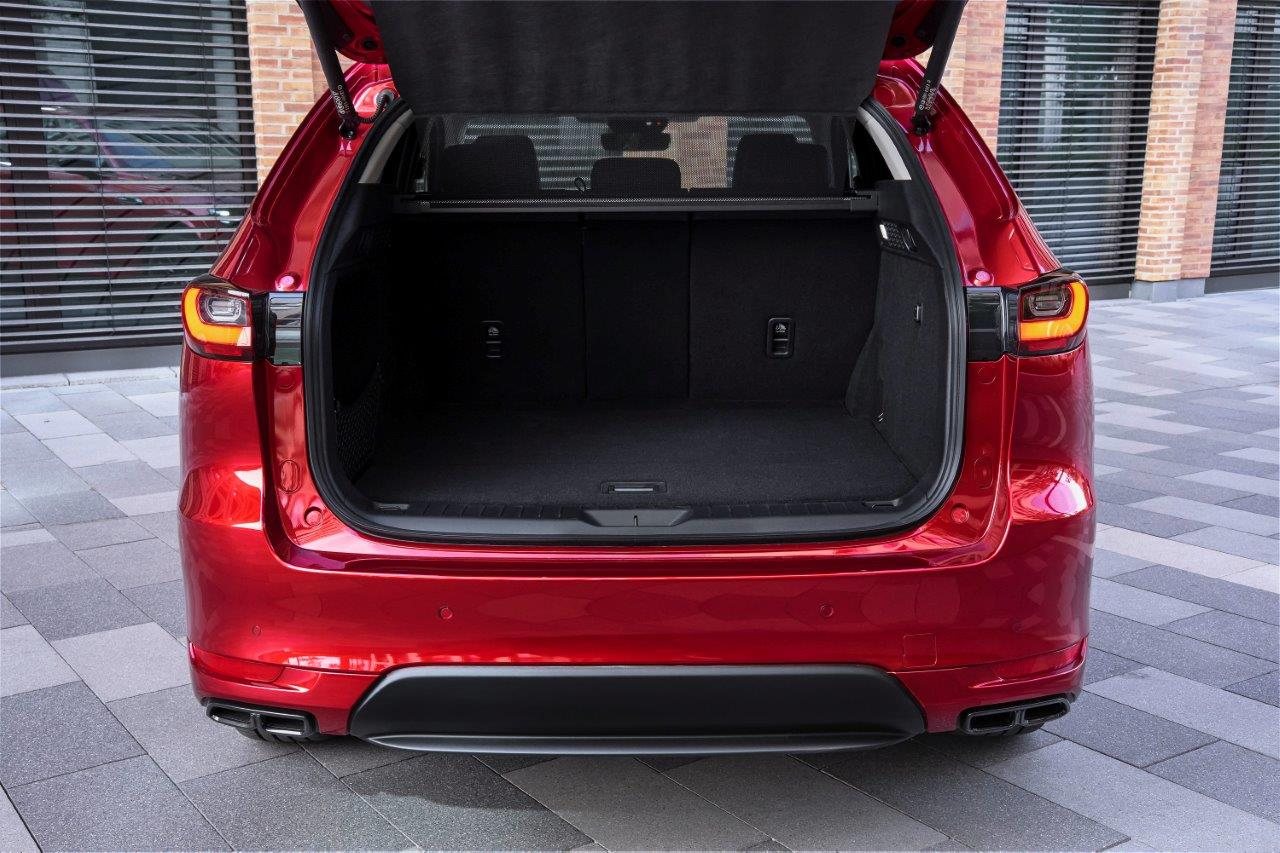Mazda introduced the new CX-60 to the national press, simultaneously with the start of customer deliveries. It’s a Generous SUVwith a length of 4,745 m and a weight of 2,058 kg, which will later offer versions with gasoline and turbodiesel engines, both mild hybridbut what currently only available with Mazda’s first plug-in hybrid (PHEV) mechanics.
With traditional Mazda aesthetic solutions, especially in terms of the slim grille and headlights, the CX-60 is the largest SUV ever offered by the brand, without compromise. In other words, not giving up interior space in exchange for less bulky lines reminiscent of a coupe. This option guarantees more cabin space with five seats and one trunk with 570 literswhich grows to an additional 1,726 liters when the rear seat is folded down.

Space for five and a suitcase with 570 liters are the strengths of the Mazda CX-60
The PHEV mechanics associate combustion units with electric motors, powered by a battery that allows them to reduce consumption and emissions at a normal rate, and then also ensure the ability to travel a certain distance, more than 50 km, in mode exclusively electric. This technology, which enjoys significant tax benefits in many markets, starting with the Portuguese, has been increasingly criticized, pointing out its misuse by drivers, who rarely recharge their batteries. Therefore, it does not obtain the benefits related to the aid that has been granted in the area of pollution. But if used correctly, recharging the battery regularly, PHEVs can be an advantage, allowing you to drive exclusively in electric mode for most day-to-day journeys -if 50 km is the minimum, there are models that already exceed 80 km of autonomy-, and also contributing to reduce consumption (and emissions) on trips long.
aware that companies are sensitive to the financial benefits of PHEVs, especially VAT recoverywhich can easily exceed 12 thousand euros, Mazda bets to start first with sales of the CX-60 2.5 e-Skyactiv PHEV, leaving for 2023 the gasoline and diesel versions, whose commercial potential is much lower, although with more attractive prices. The gasoline engine is the 2.5-liter four-cylinder, which provides 191 hp and 261 Nm of force. This engine, installed at the front, in its traditional place, is completed by the presence of the 175 hp and 270 Nm electric unit, with both power units are mated to an eight-speed automatic gearbox, which then passes power to all four wheels. through an all-wheel drive system.
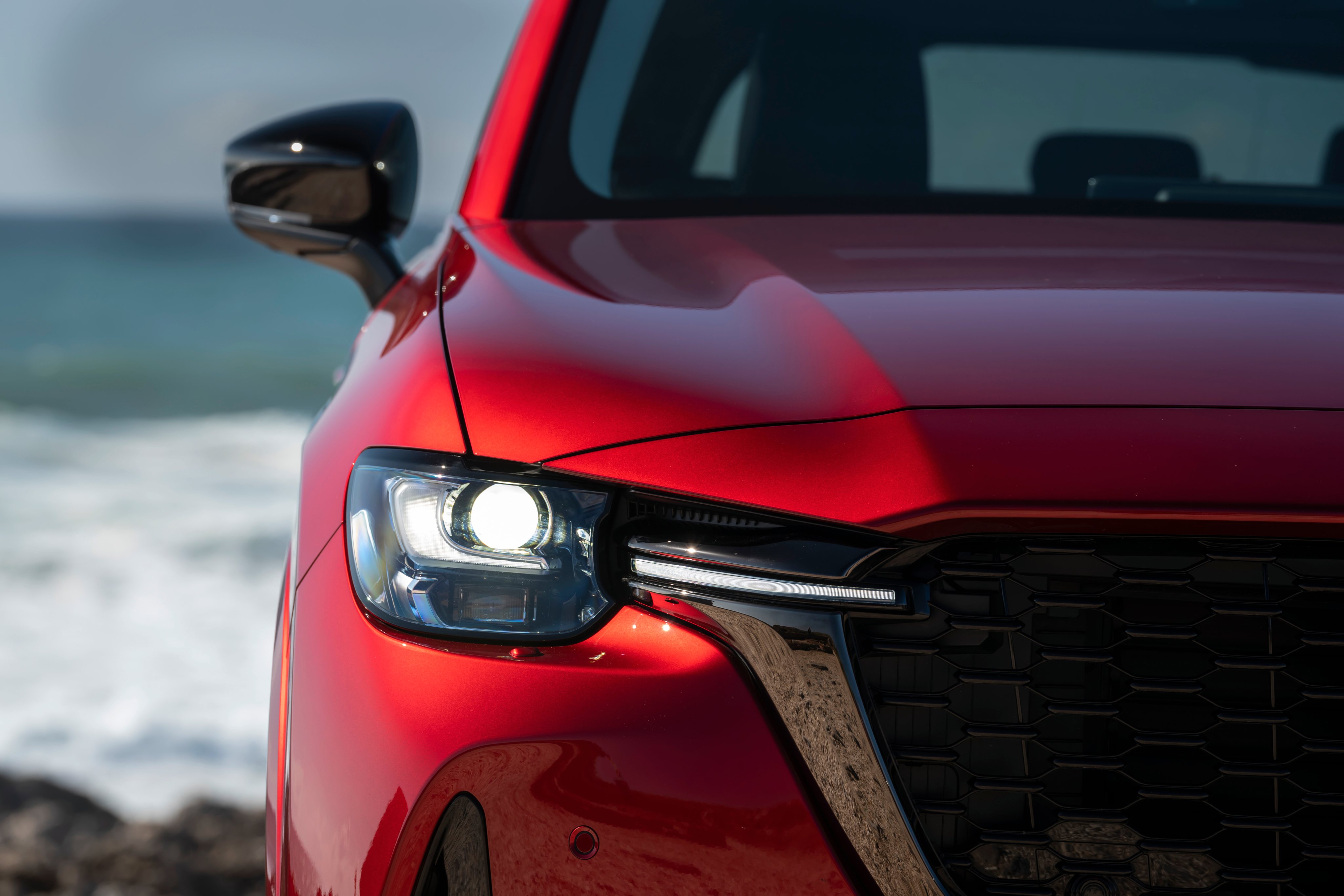
Mazda’s traditional and pleasing aesthetic solution has been adapted to a larger SUV, such as the CX-60. See other details here
Despite not being a light SUV, The CX-60 plug-in hybrid has a total of 328 hp and 500 Nm at its disposal, allowing it to go from 0 to 100 km/h in just 5.8 seconds, before being limited to 200 km/h.. But what most customers will appreciate about this PHEV is its ability to advertise on WLTP at consumption of 1.5 liters / 100 kmwhich corresponds to 33 g of COtwo per kilometer and the ability to travel 63 km in 100% electric mode, between charges. The battery that guarantees this autonomy has a gross capacity of 17.8 kWh, rechargeable in AC up to 7.4 kWh.
Mazda CX-60 2.5 e-Skyactiv PHEV proposed from €52,289, for the Prime version, with the general manager of Mazda, Luís Morais, predicting that most customers will opt for the intermediate versions, specifically the Exclusive, on sale from €53,889, and the Homura, proposed for more than €56,289 . The top of the range will be the Takumi version, sold between €57,839 and €65,440. If between 10 and 12 thousand euros of VAT are removed from these values, the prices are much more affordable, as Mazda cannot assess the damage of the CX-60 PHEV, being considered Class 2 in the tolls, since it exceeds 1.2 m at the height of the front axle and has 4×4 traction. This could be an obstacle for many users, but it would be more serious if the SUV was intended primarily for individuals rather than companies.
Source: Observadora
